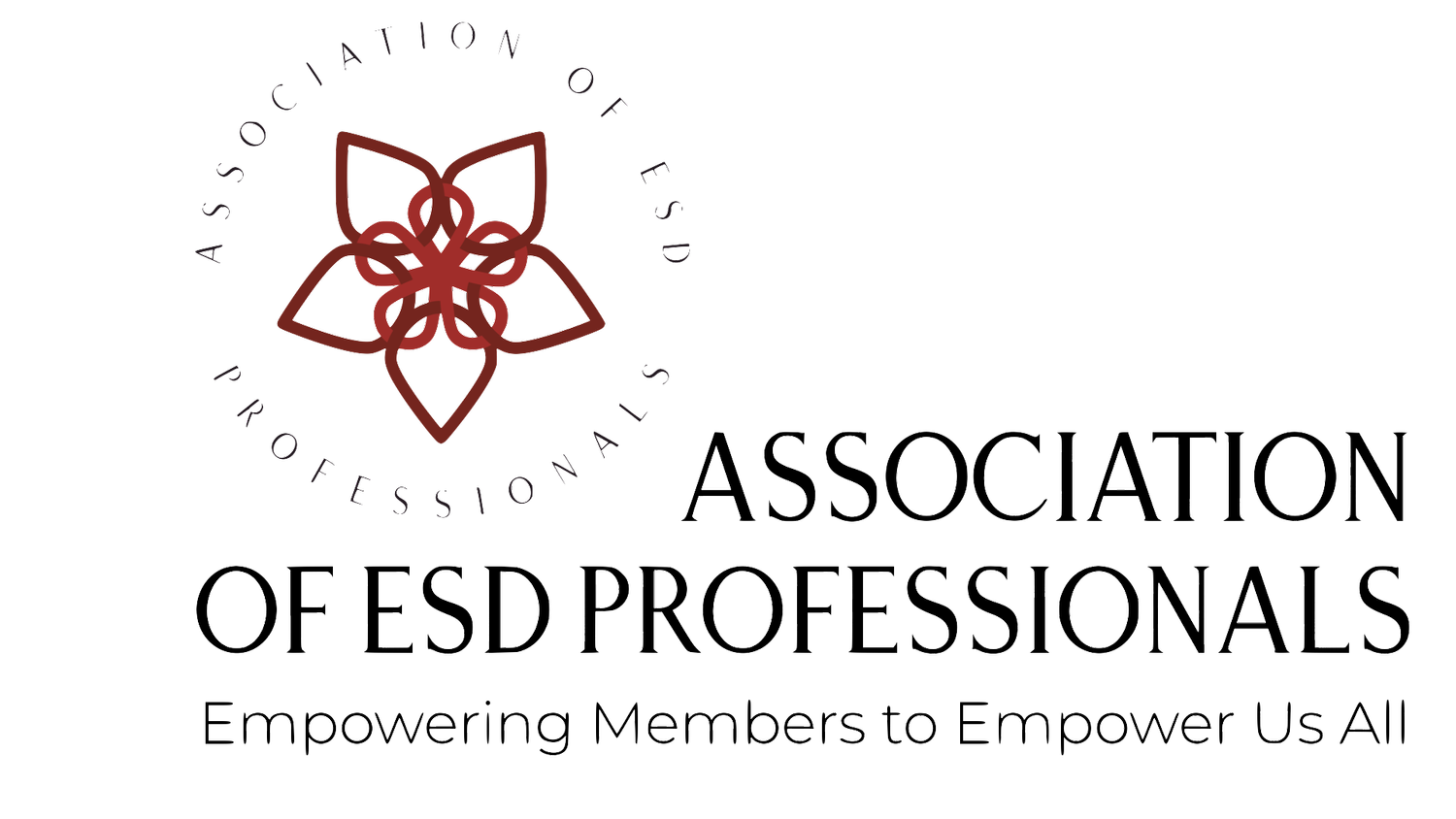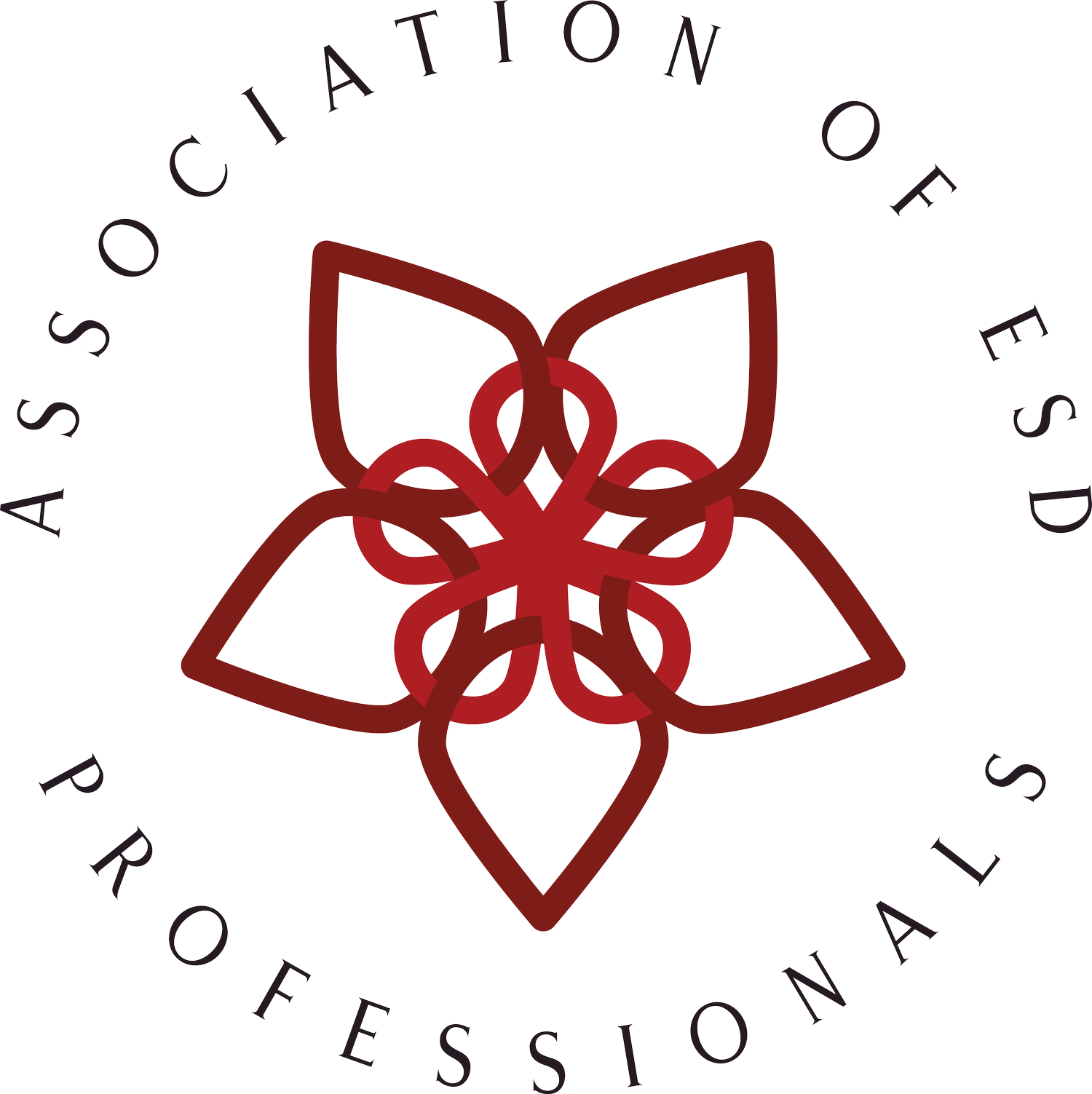Collective Self-Defense & the Power of We
Interview with the RIA LAC Abya Yala Team
In the empowerment self-defense (ESD) community, we find ourselves surrounded by inspiring humans. Changemakers, warriors for peace, rebels, and disruptors are not the exception, but the rule. When we feel down about the violence we see in the world, we never have to look far to find a boost of optimism. ESD is the closest thing we know to bottling hope.
This month, we are pleased to bring you an interview with the inspiring Gabriela Rojas and Lucia Isoardi of RIA LAC Abya Yala (RIA LAC). RIA LAC (which stands for Red de Instructores de Autodefensa Latinamerica y el Caribe and translates to Network of ESD Instructors in Latin America and the Caribbean), is a powerful feminist network working to prevent gender-based violence through training, awareness, and advocacy.
We are honored to share their story with you.
About RIA-LAC
With a focus on the ESD methodology, RIA LAC Abya Yala has trained over 100 instructors in countries throughout Latin America, reaching over 6,700 people through workshops and trainings. It is their mission to establish self-defense as a key strategy for violence prevention in Latin America and the Caribbean, creating a platform for education, activism, and supportive services.
About Gabriela Rojas
Gabriela Rojas is an advocate for social justice and gender equity from Bolivia, has a background in international development and community empowerment, and has academic expertise in Gender and Diversity and Law. She combines theoretical knowledge with practical experience as Regional Director and co-founder of RIA-LAC. With a decade of experience dedicated to gender-based violence, women's rights, and community development in Latin America and the Caribbean, Gabriela is an ESD instructor and is on her path to becoming an Impact lead instructor. Her work centers on spearheading regional programs, training initiatives, and collaborative partnerships, fostering inclusive spaces for knowledge-sharing and capacity-building.
About Lucia Isoardi
Lucia Isoardi (Director of Projects and Partnerships for RIA LAC) is a feminist, lawyer, and specialist in gender and human rights issues. With expertise in strengthening rights and preventing gender-based violence, she has over eight years of international and regional experience in coordinating projects with international organizations, United Nations agencies, and government bodies. As an ESD instructor, she conducts workshops for women and gender non-conforming individuals in collaboration with organizations, universities, and collectives in Argentina.
Our Interview with the RIA LAC Team
How has ESD in Latin America evolved in recent years? What are some of the recent milestones you are celebrating?
ESD in the LAC region (Latin American and Caribbean) has experienced rapid growth in the past five years. Since our first training in Costa Rica in 2019, we have conducted six ESD instructor trainings, resulting in over 100 new ESD instructors in more than 10 countries, collectively impacting nearly 7,000 beneficiaries.
A significant achievement is the emergence of highly skilled Level 4 instructors who are now running their own training sessions, demonstrating increased independence. Some other instructors and regions still require our support, as seen in our recent training in Guadalajara. We are especially excited about two training sessions on the horizon—one in Argentina, partnering with the indigenous community in Tilcara, and another in Chile.
Our regional ESD network continues to grow, expanding daily.
How was the name RIA LAC Abya Yala chosen?
RIA is an acronym representing our network of ESD instructors in Spanish. The term “Abya Yala” holds profound historical significance, as it was used by indigenous communities to describe our territory before colonization, and it is still embraced by many individuals across the Latin American and Caribbean region.
We believe that taking ownership of our narratives is a vital component of the empowerment process. To select our name, we established guiding principles reflecting the essence of our work and engaged our network members in proposing and deciding upon the final name. We acknowledge that “Abya Yala” can be complex, so in our outreach efforts, we also utilize “RIA LAC,” a name jointly agreed upon by our community.
What is the significance of forming an independent regional network?
The significance of forming an independent regional network such as RIA Abya Yala lies in its ability to provide a platform for like-minded stakeholders to unite and collaborate on addressing gender-based violence. It allows for tailored approaches responsive to the specific needs and contexts of the Latin America and Caribbean region, fostering local ownership and empowerment. Moreover, it strengthens solidarity among diverse communities, ultimately creating a more sustainable and impactful movement for change.
How are things different today in the region than, say, five years ago?
In summary, the past five years have seen a remarkable increase in the reach and impact of ESD regionally, nurturing a sense of empowerment and independence among instructors while maintaining a strong spirit of collaboration and support within the network. Today, one can see that we are part of a strong movement that is even bigger than the network itself, highlighting the importance of collective self-defense and the power of “we.”
In your experiences connecting with colleagues from around the world, what similarities and differences have you noticed in the way ESD has taken root in the Latin American region?
ESD's worldwide acceptance is grounded in the universal need for self-defense against gender-based violence. This need transcends borders and cultures, since gender-based violence is a global epidemic. The ESD methodology works everywhere because it adapts to the particularities of each context while keeping its essence and principles. Particularly with some regions like Africa and Asia, we found that ESD initiatives often emerge from community-driven efforts, reflecting the grassroots nature of this work.
However, Latin America faces region-specific challenges, such as alarmingly high rates of femicide and nuanced issues like violence within indigenous communities. Consequently, ESD programs in the region must adapt to address these unique concerns. Moreover, the implementation of ESD in Latin America is intricately interwoven with cultural norms, indigenous practices, and regional identities. This context significantly shapes the approach and content of ESD programs. Furthermore, ESD programs in Latin America are meticulously tailored to local languages and contexts, ensuring accessibility and cultural relevance.
Language is key in effectively communicating the theory (and practice) of ESD. Can you comment on some of the different ways that ESD lingo gets translated around Latin America, and why it matters?
Language is indeed a crucial aspect of effectively communicating the theory and practice of empowerment-based self-defense in the LAC region. The translation of ESD lingo varies across countries due to linguistic diversity and the need to make the content accessible to different communities. It serves to foster accessibility, inclusivity, and relevance.
Translating ESD content into different vernaculars spoken across the region ensures that a wide range of participants can access and benefit from these programs, breaking down linguistic barriers. Importantly, it acknowledges and validates local linguistic heritage, promoting cultural sensitivity. This localization is vital when addressing regional issues and enhancing community engagement and trust.
Can you comment on some of the intersectionality present in ESD, and especially in ESD as it is practiced in Latin America? In what ways does ESD training facilitate conversation and deconstruction of other, intersecting social issues?
In LAC, the practice of ESD is inherently rooted in acknowledging the profound intersectionality of violence experienced in the region. Our starting point recognizes that not all forms of violence are the same, as the legacy of colonization has profoundly shaped the ways in which violence manifests in this region, particularly gender-based violence.
ESD training serves as a vital platform for initiating dialogues and deconstructing these complex, intersecting social issues. Our work in the LAC region is firmly grounded in an intersectional approach, understanding that individuals carry a unique blend of oppressions. This understanding is at the core of our methodology, which emphasizes that every person is the expert of their own body territory. Whether in workshops, train-the-trainer programs, or our broader regional initiatives, our approach fosters an environment where knowledge and experiences are exchanged, respecting and celebrating the diversity of lived realities in the region, as we collectively work toward empowerment and violence prevention.
When you think about ESD as activism, what role does the body play in that dynamic?
Especially in the LAC context, we talk about the defense of the body-territory. Most instructors are putting their bodies on the line, sometimes at the risk of their own lives. In that sense, we recognize that our bodies are where we experience oppression and simultaneously are the space for emancipation, playing a crucial role in activism across the region. This is why ESD is so important; it offers a tool that can potentially bring freedom to our bodies, our territories, and our communities.
What's next? What shared vision are you holding for the next five years of RIA LAC Abya Yala?
Over the next five years, RIA Abya Yala envisions an extensive expansion of our impact across the Latin American and Caribbean region. Our collective vision includes the widespread growth of ESD instructors, facilitators, and advocates. Our primary goal is establishing ESD as a foundational strategy for violence prevention and gender equity. Through fortified alliances and partnerships, we are committed to advocating for policy changes that address the root causes of gender-based violence. Furthermore, we plan to engage with a broader, more diverse audience to heighten awareness and champion our mission, thereby fostering enduring change and advancing gender equality throughout the region.
Our commitment to building regional capacity remains unwavering to enable each territory to independently conduct ESD training for trainers with RIA's support. Ultimately, we are dedicated to achieving sustainability, not only for the region but for every member within the RIA network, through effective cross-collaboration with other regions.
Finish this sentence: We believe in a world ________. How is ESD supporting you to build this world?
We believe in a world where all individuals live freely, safely, and empowered, recognizing their inherent strength and agency to make choices, overcome challenges, and pursue their dreams, with a particular focus on women, girls, and vulnerable communities.
The ESD methodology provides the tools and knowledge necessary for people, particularly women, girls, and vulnerable communities, to recognize their inherent strength and agency. ESD equips them to make informed choices, overcome obstacles, and pursue their dreams without fearing violence or discrimination. It imparts practical self-defense skills and fosters a profound sense of self-esteem, self-worth, and confidence. In doing so, ESD contributes significantly to challenging gender-based violence and promoting gender equity. By instilling this empowerment, it becomes a potent force in building a world where everyone is free to live their lives to the fullest, unburdened by violence and oppression. Recognizing that we are the experts of our bodies and territories.
If you could tell the world one thing about ESD, what would it be?
Through ESD, we can change the culture of violence and war and eradicate patriarchal violence once and for all. Once we remember that we are worth defending and that there is an alternative to patriarchal violence, nothing can stop us from changing the world.
To learn more about RIA LAC Abya Yala and their inspiring work in the region, visit their website here.
Would you like to share about your ESD work, or do you think a certain ESD organization should be featured? Reach out at toby@esdprofessionals.org about contributing to the Association of ESD Professionals blog!
Author: Gabriela Rojas / Lucia Isoardo / Toby Israel
Editor: Samantha Waterman / Qwan Smith
Photos: Courtesy of RIA LAC
Want to learn more about the Association of ESD Professionals and join our growing community? Email us at hello@ESDProfessionals.org.




